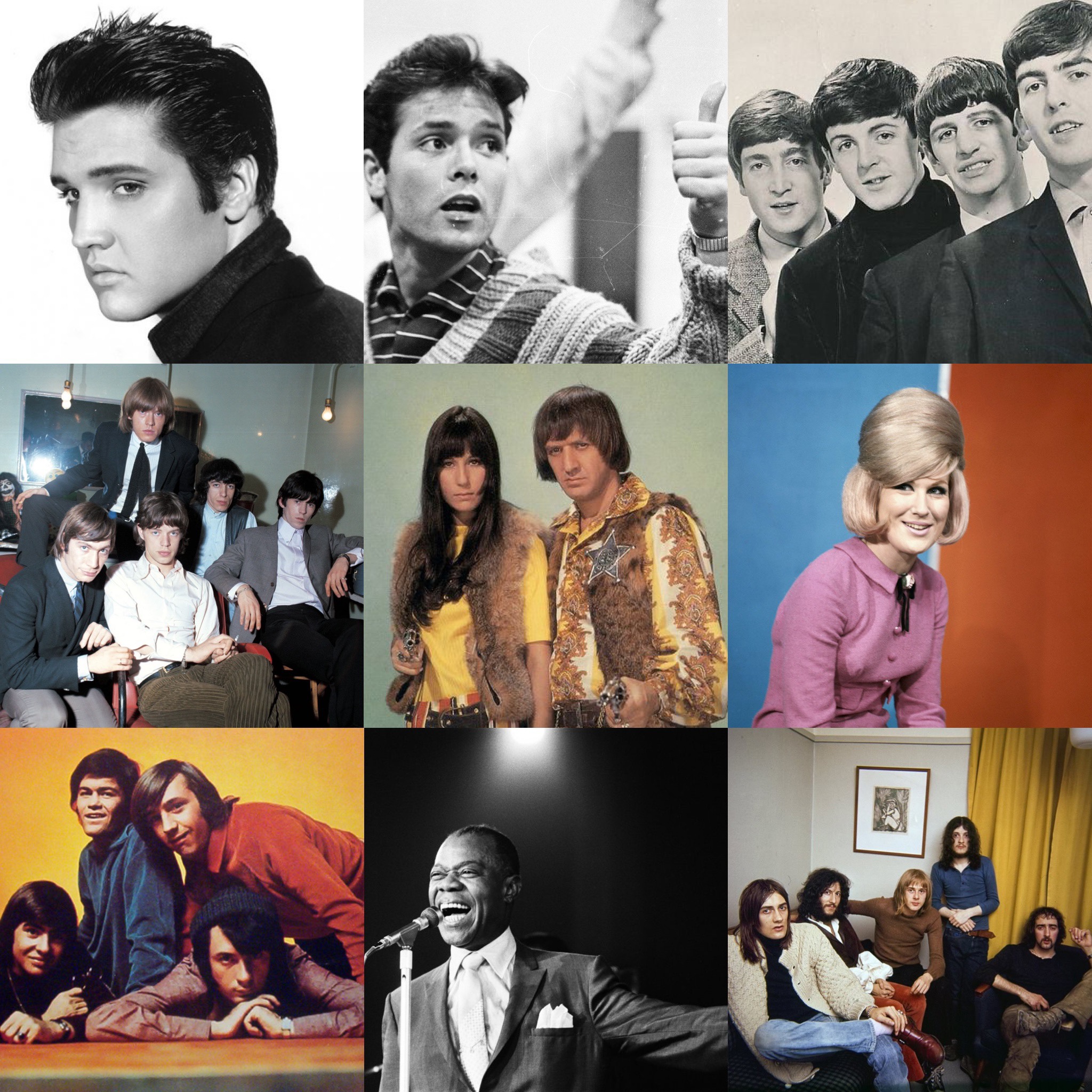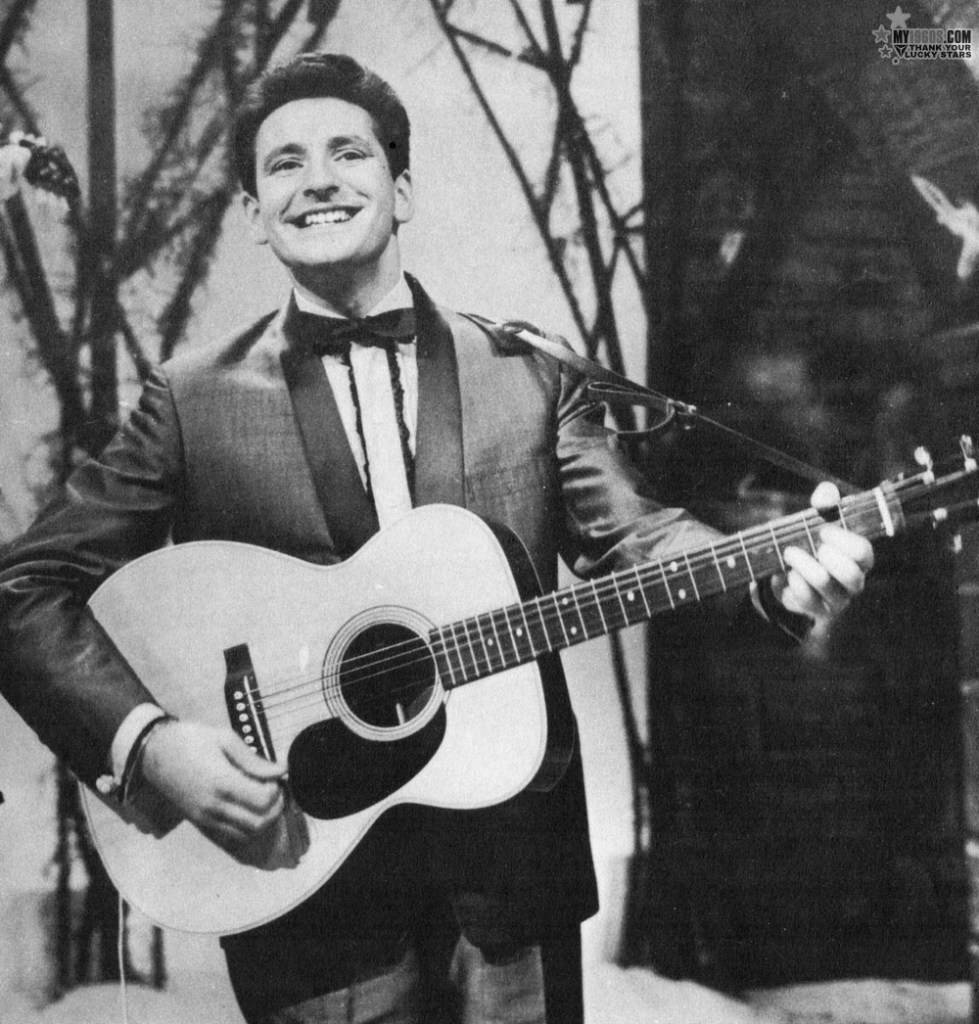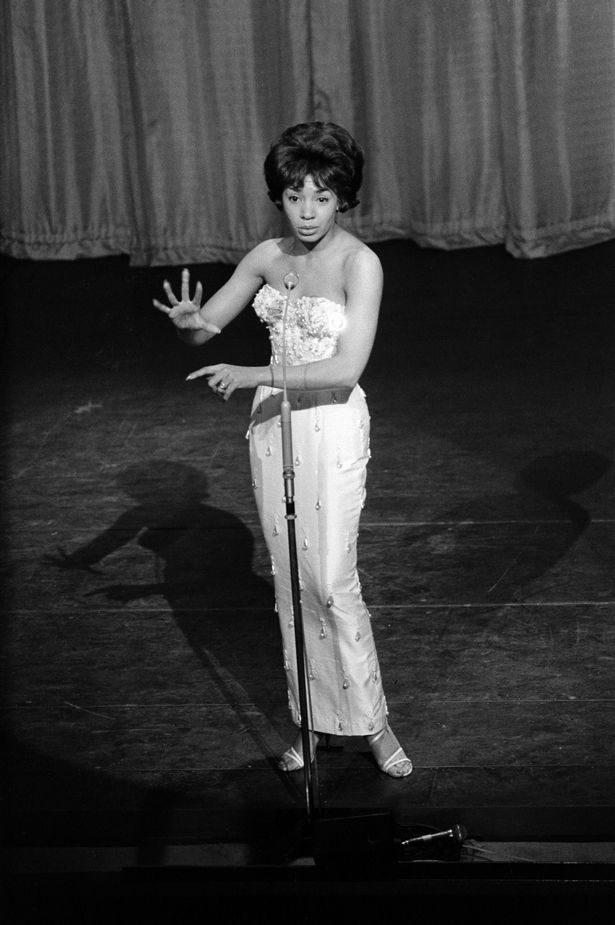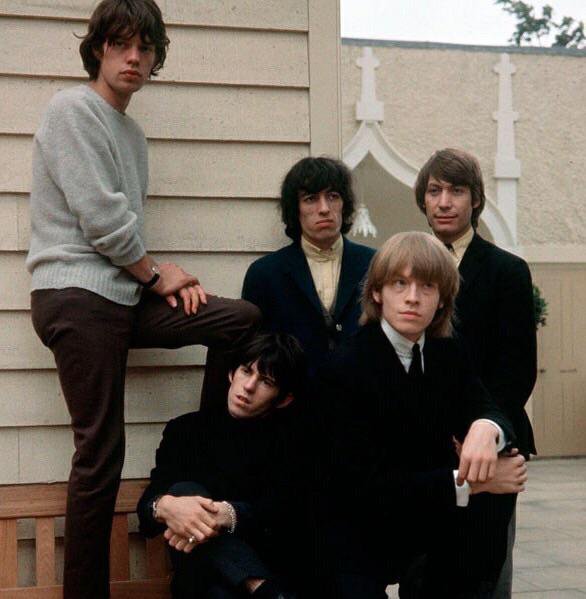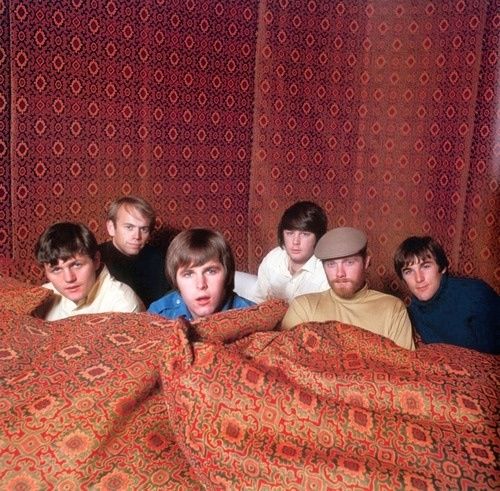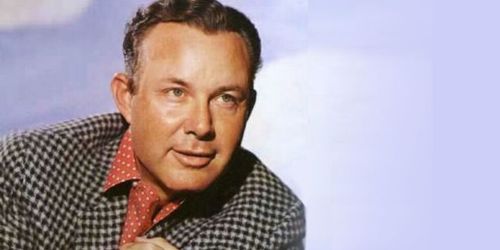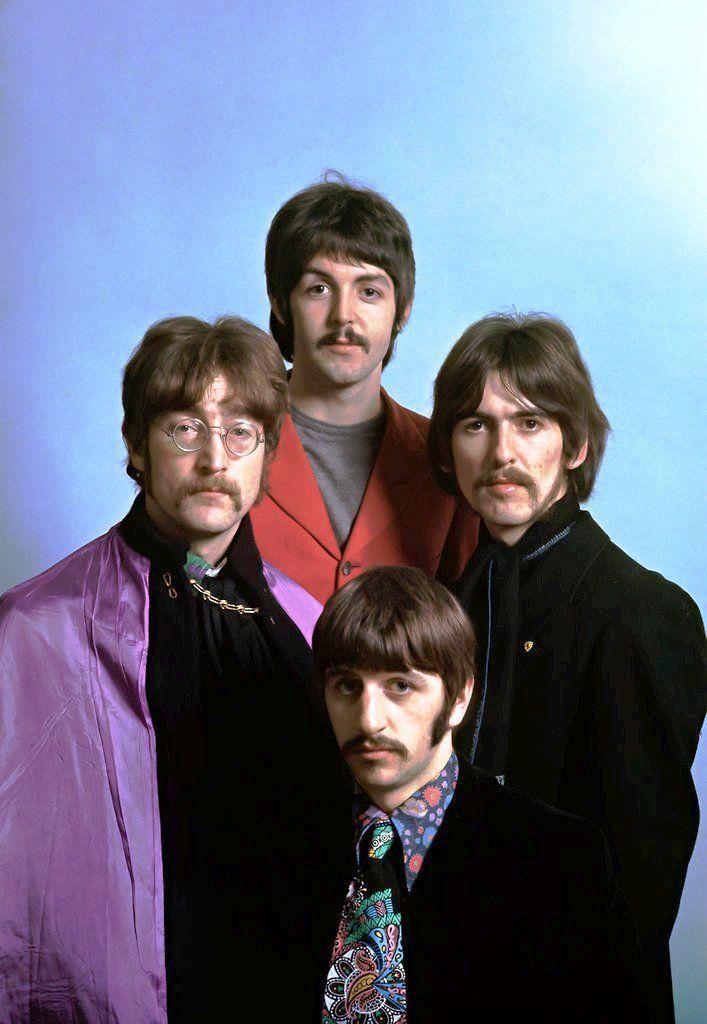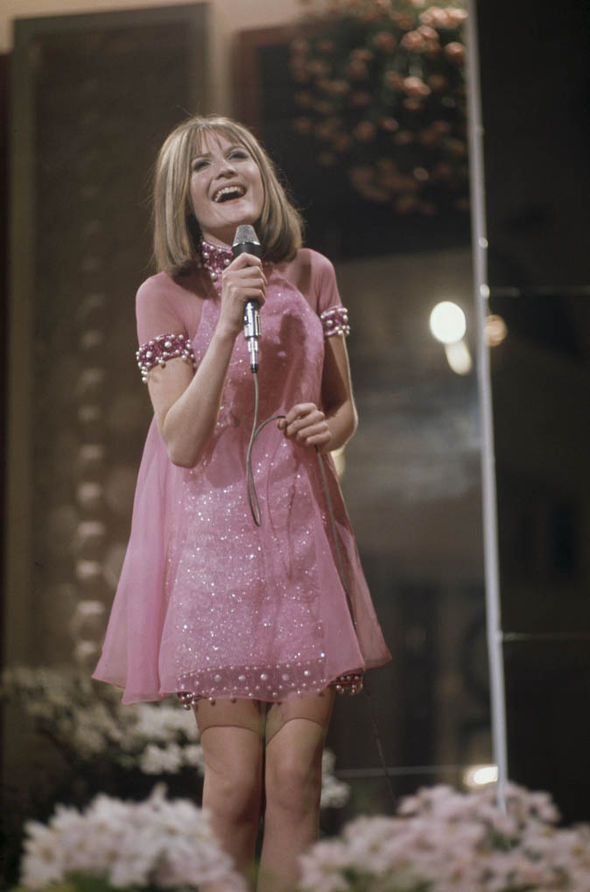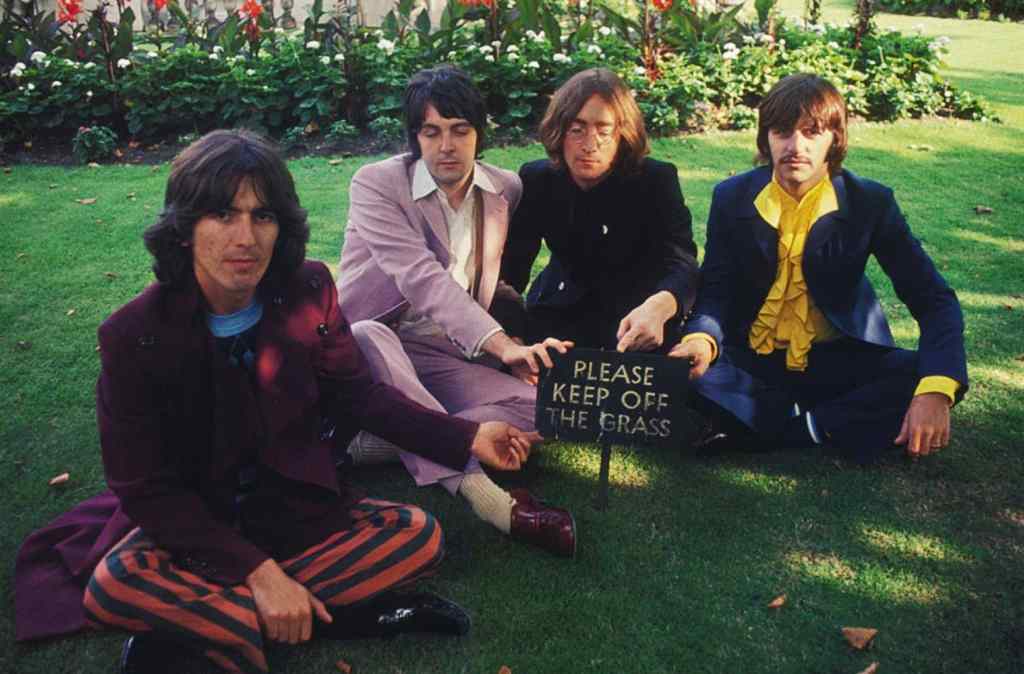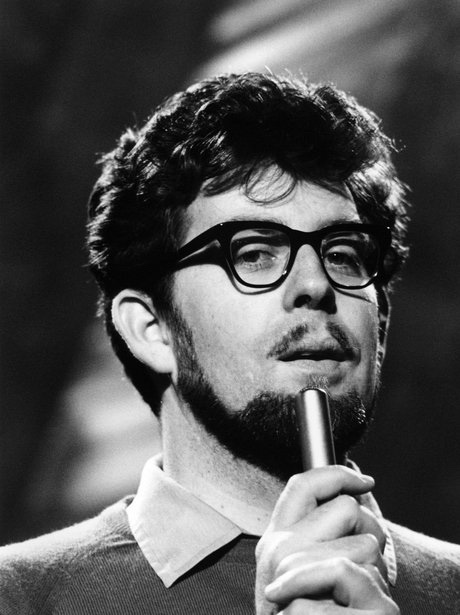
The Intro
Eight years after The Beatles had their last number 1 with The Ballad of John and Yoko, Paul McCartney hit big with his next band Wings. Mull of Kintyre/Girls School became the 1977 Christmas number 1 and the first single to sell more than two million units. It is the biggest selling record of the 70s and remains the bestselling non-charity single of all time.
Before
Following his departure from the Fab Four, McCartney had struggled to recapture the magic of the greatest group of all time. Two albums, McCartney (1970) and Ram (1971) – the latter co-credited to wife Linda, were ill-received, although both have enjoyed improved re-evaluation since.
He decided to begin a new band and invited session drummer Denny Seiwell and guitarist Hugh McCracken, both of whom had worked on Ram, to join him. Seiwell agreed but McCaracken didn’t, so McCartney asked Denny Laine instead. Laine, formerly of The Moody Blues, was working on a solo album when he received the call from McCartney. The album was abandoned straight away.
In August 1971 the McCartneys, Laine and Seiwell assembled to record the album Wild Life. McCartney reverted back to his Beatles days, on bass primarily once more. On 13 September Linda was giving birth to their second child together, Stella. Due to complications, there was a danger that both mother and daughter could die. McCartney was praying for them when the name ‘Wings’ came to mind.
Wild Life was released that December and was slated. Most tracks were recorded in one take, and it showed. Linda was ridiculed by the music press for her role as backing vocalist and keyboardist. Undaunted, Wings continued with the addition of second guitarist Henry McCullough, who had been in Joe Cocker’s Grease Band, in January 1972. They went on their first tour playing universities in the back of a van together. Attempting to recapture the early days of The Beatles, Wings didn’t perform a single track by McCartney’s previous band.
The debut Wings single, Give Ireland Back to the Irish was a controversial response to the events of Bloody Sunday. Banned by the BBC it nonetheless reached 16 on the singles chart. In what was understandably seen by many as a sarcastic response, their next single was a simple cover of children’s song Mary Had a Little Lamb. It went to nine. Hi Hi Hi‘s drugs references saw them banned by the Beeb again but it peaked at five.
McCartney decided to change their name to Paul McCartney and Wings for the 1973 LP Red Rose Speedway, perhaps deciding they needed more star power to improve sales. My Love, one of their best singles, took them to the top in the US and reached nine here. Then came Live and Let Die. Their theme to Roger Moore’s debut as James Bond reunited McCartney with Martin and was brilliant. A deserved number one, it could only reach nine.
Following another tour, Paul McCartney and Wings set to work on another album but soon McCullough and Seiwell left. Both were unhappy with Linda’s inclusion and felt Paul was too domineering. Reduced to a trio, the McCartneys and Laine decamped to Lagos in Nigeria and recorded one of their best albums. The title track to Band on the Run (1973) was a brilliant mini-medley, reaching three. Again, it deserved better. Jet, released beforehand, was a superior rock tune.
Former Thunderclap Newman guitarist Jimmy McCulloch and drummer Geoff Britton joined the ranks soon after. After recording an album with Paul’s brother Mike McGear and The Scaffold they released the single Junior’s Farm, which became their final release on Apple Records. As The Country Hams they released a single with Chet Atkins and Floyd Cramer. Walking in the Park with Eloise was a song written years before by Paul’s father James.
Known as just Wings once more, Britton left the band during the recording of their first album for Capitol Records. He was replaced with US musician Joe English. The first fruits of the sessions for Venus and Mars to be released was the beautifully upbeat Listen to What the Man Said, which peaked at six in 1975. Next album Wings at the Speed of Sound boasted their most commercially successful songs to date, Silly Love Songs and Let ‘Em In, which both soared to two. The latter is perhaps the most quintessentially McCartney 70s tune – a very catchy song about a very mundane subject matter. Someone is knocking at the door and ringing the bell. McCartney suggests someone let them in. Hmm.
Sessions for the next Wings album were interrupted when Linda became pregnant. On 9 August the McCartneys and Laine entered Spirit of Ranachan Studio at High Park Farm in the Mull of Kintyre and set to work on a song he had first laid down in 1974.
McCartney had bought the farm in 1966 and eight years later a piano-led demo had him tinkering with a simple song in which he sang of his love for the area. To give the finished version a suitably folksy feel, McCartney recorded his vocals and acoustic guitar outside. Laine, who is credited on the track, added backing vocals and acoustic and electric guitars and the heavily pregnant Linda sang backing vocal and also added percussion. Wanting an authentic rousing Scottish ending, Wings added Campbeltown Pipe Band on bagpipes and drums. Mull of Kintyre was wrapped up in a day.
Reviews
It was inevitable that eventually McCartney would join George Harrison in the ranks of former Beatles achieving a number 1. Little did anyone know that this would be the one to do it, let alone for nine weeks, toppling She Loves You as bestselling song. I get that Mull of Kintyre has a simplistic charm, extolling the virtues of natural beauty. That, like McCartney songs at their best, it has an inclusive quality, building to a big singalong ending like Hey Jude. That And releasing it in time for the Christmas market, when the older generation like to buy a nice tune, was a great move.
Also, clearly, for some unknown reason, bagpipes did well in pop during the 70s. Remember that an instrumental version of Amazing Grace was the biggest song of 1972?! But I cannot get my head around the mammoth success of Mull of Kintyre. It’s a bit of a dirge to my ears, too simple to leave that much of a mark. But it’s McCartney isn’t it? I can’t deny one of the greatest songwriters of all time a number 1, even if he’s made far better over the decades.
The video to Mull of Kintyre is suitably wistful, featuring Paul strumming on a fence at his farm, Linda in the background. They and Laine stride towards a place overlooking the beach, where Campbeltown Pipe Band are performing. Eventually Wings are joined by locals for a nighttime fire sing-song. Lovely.

One reason I suspect nobody was expecting Mull of Kintyre to do so well was the fact it was promoted as a double A-side with Girls School. Nobody remembers this. Before Mull of Kintyre was recorded, Wings had begun making a new LP in the Virgin Islands. Among the tracks recorded for what eventually became London Town was this track. But Linda’s pregnancy had stopped the sessions. Wings must have decided Girls School deserved equal billing.
It didn’t. Girls School is an average McCartney rocker, akin but inferior to Jet. It’s album filler or B-side material. It also has rather dodgy lyrics, telling of a boarding school where the head nurse runs a massage parlour in the school hall and when the PE teacher puts the students to bed, ‘She gives them pills in a paper cup/And she knocks them on the head’. The soaring backing vocals from the much-maligned Linda are nice, but it’s understandable why it’s been forgotten.

After
Mull of Kintyre/Girls School was released in November and was at number 1 for an incredible two months, from 3 December 1978 until 3 February 1979. It also reached number 1 elsewhere, but not in the US, where Girls School got most of the airplay. That same month sessions for London Town resumed but once again Wings were reduced to a trio as McCulloch and English left. The next single With a Little Luck, a nice little ballad, went to five. But Wings were in trouble.
Later in 1979, with new members Laurence Juber on lead guitar and Steve Holley on drums, they recorded the single Goodnight Tonight, which was their last top 10 hit (five). One last album, Back to the Egg, followed. Produced by Chris Thomas, it featured a more ragged sound and showed a new wave influence. One track, Rockestra Theme, featured members of Led Zeppelin, The Who and Pink Floyd and won a Grammy for Best Rock Instrumental Performance.
McCartney annoyed the other members of the band by deciding to focus on a solo album, McCartney II, but the band resumed for a tour at the end of the year. Unfortunately when the McCartneys arrived in Japan in January 1980, Paul was arrested for marijuana possession. The tour was cancelled and all Paul McCartney and Wings music was banned from TV and radio across the country. Laine formed the Denny Laine Band with Holley and released a solo album, Japanese Tears in December 1980. That title was clearly a dig at McCartney’s arrest.
McCartney reunited again with Martin for the album Tug of War but Holley and Juber were told they were not needed. Laine stayed on board but was having a tough time with his marriage and angry at the flat fee he received for Mull of Kintyre. He announced he was leaving Wings in April 1981. By the time McCartney came round to promoting Tug of War, he admitted Wings were no more.
Although Wings are considered to be just the McCartneys and revolving session musicians, this is unfair, particularly on Laine, who contributed a lot over the years. Years later, Laine would occasionally perform as Wings with other members for one-off events. Laine released another album with a pointed title reference to McCartney – Anyone Can Fly – in 1982. He did however contribute to McCartney’s Pipes of Peace in 1983. He continued to release solo albums through the 80s. In 2018 he was inducted into the Rock and Roll Hall of Fame for his work with The Moody Blues.
Seiwell went on to drum for artists including Billy Joel and Liza Minnelli and worked on film scores including Grease II. McCullough’s voice featured on one of the bestselling albums ever. It’s him you can hear on Pink Floyd’s Dark Side of the Moon saying ‘I don’t know I was really drunk at the time’. McCullough continued to record and perform, dying in 2016. McCulloch left Wings to join the reformed Small Faces and formed both Wild Horses and The Dukes. But in 1979 he was found dead from heart failure, aged only 26. Britton joined power pop group The Keys in the early-80s and set up a kickboxing school. Juber continued to work in music, recording with Ringo Starr, Belinda Carlisle and featuring on She’s Like the Wind from the Dirty Dancing soundtrack. Holley collaborated with Julian Lennon and Mott the Hoople’s Ian Hunter.
Linda remained with Paul for the rest of her life, and despite her critics remained in his backing band for tours until 1993. She became an animal rights activist and founded the Linda McCartney Foods company with Paul. In 1995 she was diagnosed with breast cancer and died in 1998 aged 56.
Paul McCartney of course continues with a very successful solo career. His next number 1, with another musical giant, was also very popular but not considered to be among his best work.
The Outro
So that’s 1977 rounded up. A year that was better than the dizzying lows of the year previous. But despite the impact of punk, it made little effect on the year’s number 1s. It would take a few more years for its influence to creep in, in the form of new wave.
The Info
Written by
Mull of Kintyre: Paul McCartney & Denny Laine/Girls School: Paul McCartney
Producer
Paul McCartney
Weeks at number 1
9 (3 December 1978-3 February 1978) *BEST-SELLING SINGLE OF THE DECADE*
Trivia
Births
6 December 1977: Footballer Paul McVeigh
23 December: TV presenter Matt Baker
1 January 1978: Model Alex Leigh/Footballer Phillip Mulryne
17 January: Footballer Warren Feeney
Deaths
20 December 1977: First World War soldier Henry Tandey
25 December: Actor Charlie Chaplin
14 January 1978: Athlete Harold Abrahams
22 January: Cricketer Herbert Sutcliffe
Meanwhile…
3 December 1977: For the second tournament in succession, the England football team fails to qualify for the World Cup.
12 December: Ron Greenwood signs a permanent contract as England manager. The appointment proved controversial, as there had been widespread support for Brian Clough of Nottingham Forest.
14 December: 25-year-old Leeds prostitute Marilyn Moore is injured in an attack believed to have been committed by the Yorkshire Ripper.
16 December: The Queen opens a £71,000,000 extension of the London Underground’s Piccadilly line.
21 December: Four children die at a house fire in Wednesbury in the West Midlands. Due to the firefighter strike, Green Goddess fire appliances are sent to deal with the blaze. 119 people have now died as a result of fires since the strike began, but this is the first fire during the strike to result in more than two deaths.
25 December: The Morecambe & Wise Christmas Show on BBC One attracts an audience of more than 28,000,000 viewers, one of the highest ever in UK television history.
27 December: Star Wars is screened in British cinemas for the first time.
1 January 1978: Otters become a protected species.
11 January: A storm surge in the North Sea ruins piers in Herne Bay, Margate, Hunstanton and Skegness.
16 January: After three months, the firefighter strike ends when fire crews accept an offer of a 10% pay rise and reduced working hours.
18 January: The European Court of Human Rights finds the UK government guilty of mistreating prisoners in Northern Ireland but not guilty of torture.
30 January: Conservative leader Margaret Thatcher says many Britons fear being ‘swamped by people with a different culture’.
31 January: 18-year-old prostitute Helen Rytka is murdered in Huddersfield. She is believed to be the eighth victim of the Yorkshire Ripper.
